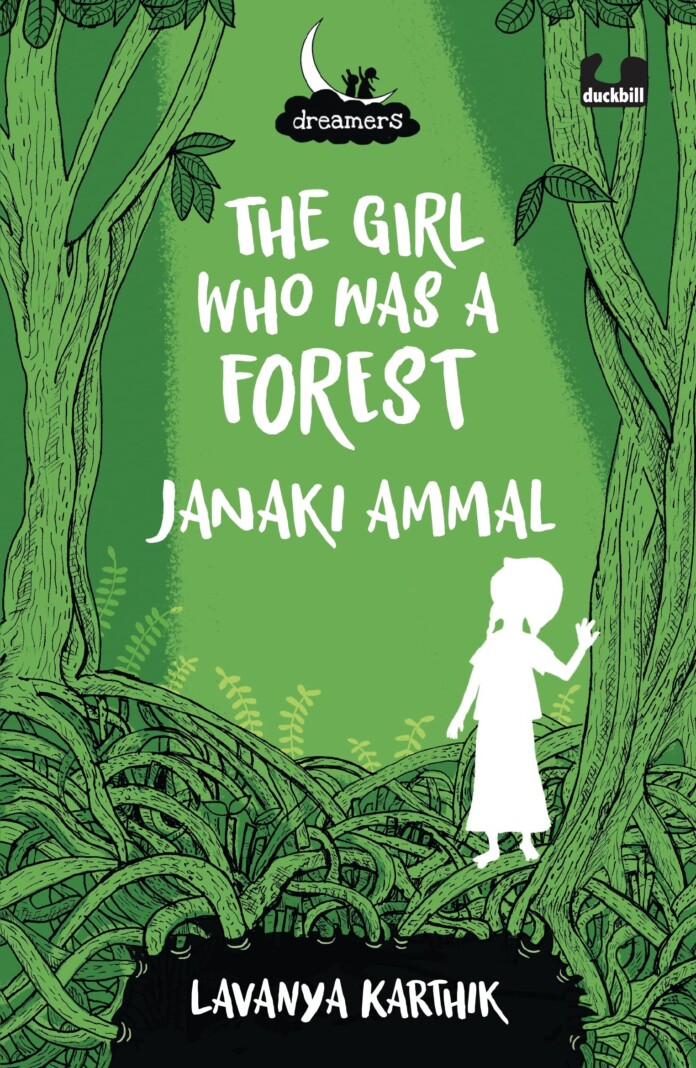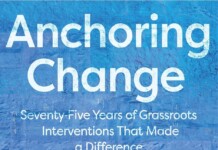By Rati Girish
This book has been a part of our conversation for a while because my son has fallen in love with the line – ‘Every seed is the promise of a forest… like you are.’
The third book in the Dreamer series – delightfully illustrated short biographies for beginner readers published by Duckbill – The Girl Who Was A Forest is about E.K. Janaki Ammal, one of India’s most well-known women scientists in the field of botany.
This is a story about her childhood, when she was desperately trying to break free from rules and pressures imposed on her as a girl, especially one belonging to a lower caste. Little Janaki dreams of flying and soaring free in the sky. But her father tells her that she is a seed. What good is a seed, and how is being a seed better than being a bird, she wonders. Her father then explains to her how a small seed has infinite potential and could one day create an entire forest, one that grows and thrives despite the rules that society imposes on it.
Author and illustrator Lavanya Karthik must be commended for her choice of personality – women scientists are underrepresented in popular imagination – and finding the perfect story from her protagonist’s life – one that will move not just children, but readers of all ages. The green, black and white illustrations, inspired by botanical and landscape art add to the charm of this story and will surely appeal to young readers who are just beginning their journey with longer text.
The book includes a short biography of Janaki Ammal – with information on her work both in India and in England. But a picture of the scientist, a description of what it means to be a botanist and an image of the flower named after her would have gone a long way towards creating a better context for the young reader. My son had questions about what caste meant, what mangroves were, and even her work in developing the sugar we eat today (as mentioned in the short bio at the end of the book). A glossary of terms would have helped both the young (and adult!) reader understand her work and its context in today’s world, better. That said, the Dreamer series is meant to introduce children to the spark that ignited the minds of these dreamers. They will remember that these dreamers saw something extraordinary in their everyday and decided to pursue it to achieve greatness, often against tremendous odds. And isn’t that what all of us are trying to teach our kids?














